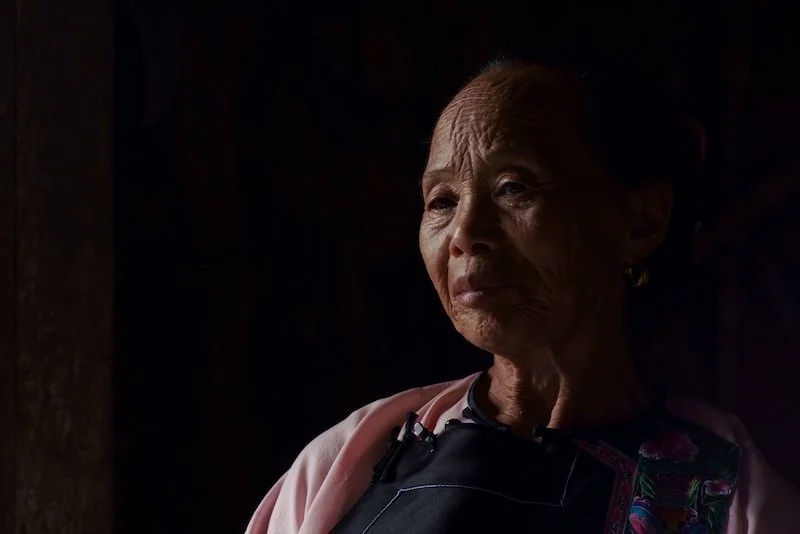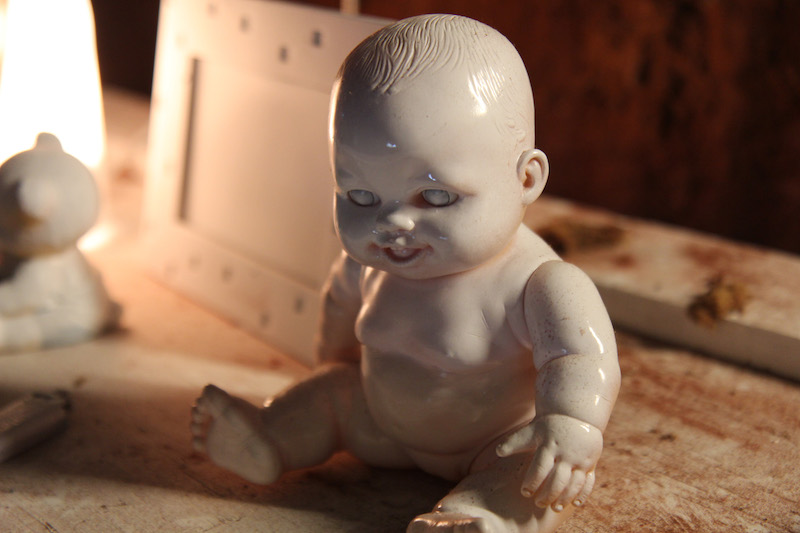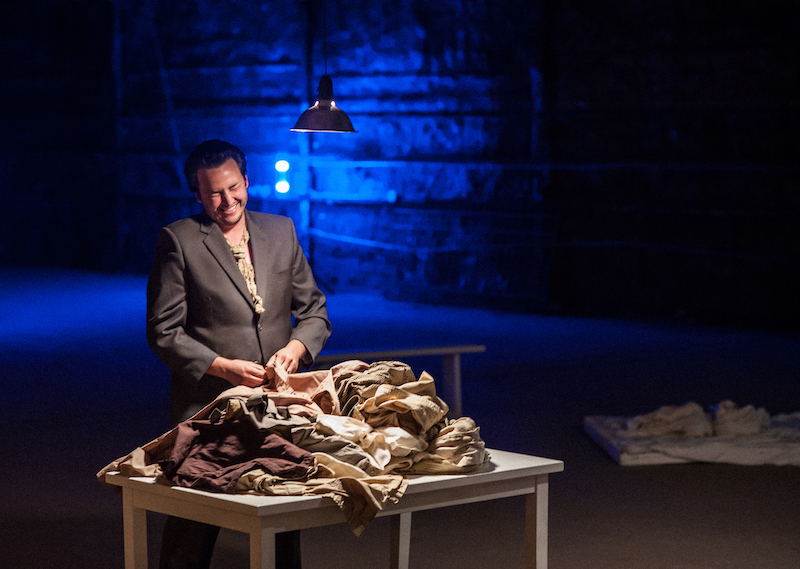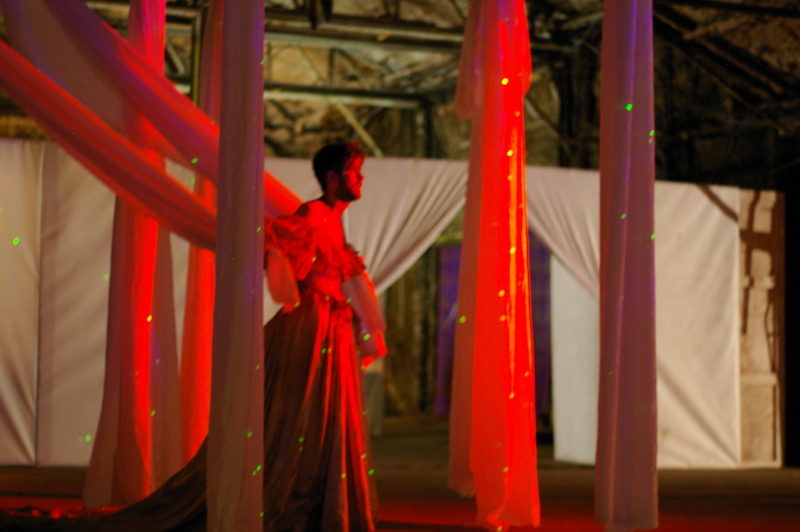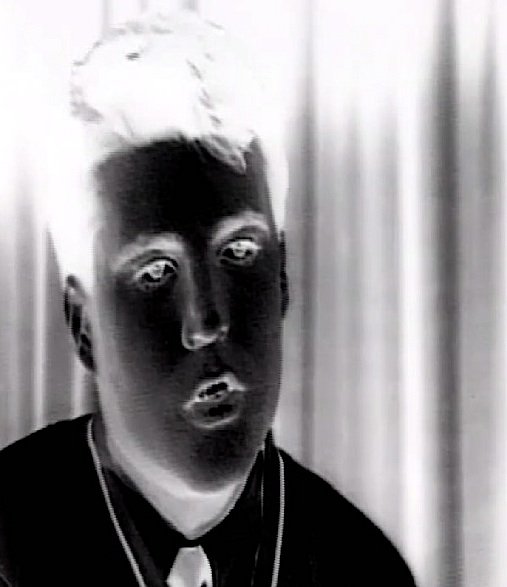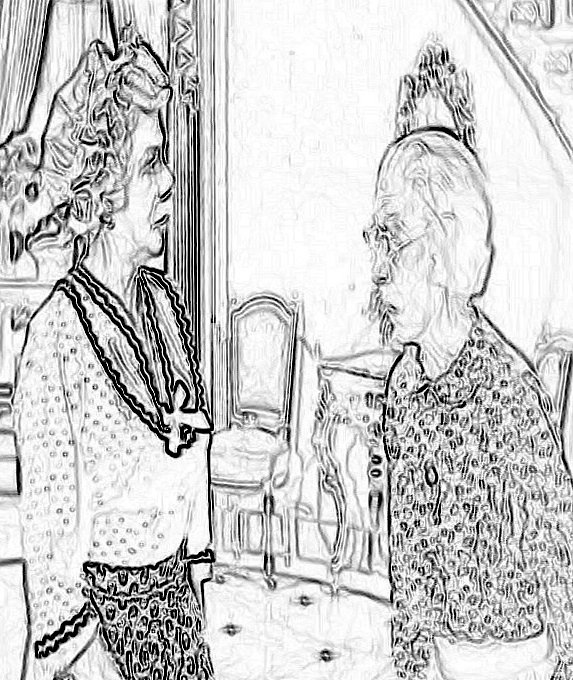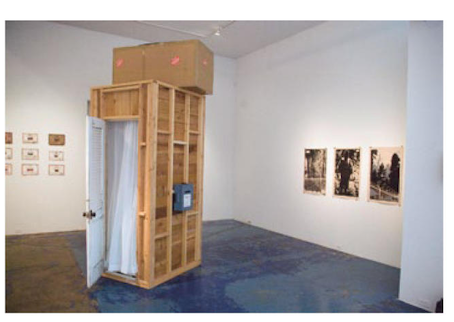Installations / Design
Dragon Eye
Experimental Ethnography / Photo & Media Installation
SP/N Gallery / Dallas
January-March 2024
Dragon Eye
Dead White Zombies
Site-Specific Performance Installations & Set Design
select examples
DP92 / Omega Room
Karaoke Motel / Installation Detail
T.N.B. / CCTV installation
Karaoke Motel / Cabinet of “Measures of Death”
Open Archive
Experimental Ethnography Installation / Photos, Video, Objects
Red Arrow Contemporary / Dallas
Thomas Riccio has taught theater and directed performances worldwide. He creates fascinating mash-ups of Indigenous ceremonies and images of accelerated commercial society.
As shot-caller for the Dallas-based arts group Dead White Zombies, Riccio puts the pedagogy of mythology and anthropology right on the line of Dallas culture, blending the city's politics, pastimes, and social structures with the cosmology of classical paganism (Homer, Virgil, Ovid) and a variety of shamanistic traditions, both ancient and contemporary.
The Zombies performance titled T.N.B., was staged in a former drug stash house in West Dallas. Thug life, in this piece, was treated as a point of mystery where forces of empathy and evil performed their cosmic dance. The show was, by turns, shocking, mysterious, and beautiful. I was amazed by it. The Zombies followed up with Bull Game–not as brilliant as T.N.B. but still bold and intelligent. Bull Game linked the contagious quality of anger, the prodigious enthusiasm of Dallas sports fans, and polytheistic rites of sacrifice and fecundity.
Riccio’s video for Open Archive shows shamans, traditional singers and dancers, and unfinished situations in indigenous people's daily lives. There is no voiceover and very little text to demarcate places and practices. The video features performance clips from Nepal, China, Zambia, Alaska, Ethiopia, India, and other places. A clip from a singing competition in South Africa reminded me how much Rock ‘n’ Roll performance, especially in its early years, owes to African/African American folk theater and spirituals.
Watching Riccio’s video is less like looking at ethnographic field data and more like watching a global psychodrama. Psychodrama is a therapeutic method developed by Jacob L. Moreno, who felt, as Jeremy Rifkin mentions in his book The Empathic Civilization, “that the nature of human beings is to be creative and that living a creative life is key to human health and well-being.” Moreno believed that creativity is rarely a solitary process but rather something brought out by social intercourse. Rifkin says the chief mechanism in Moreno’s work is empathy: “It is by imagining and experiencing the feelings and thoughts of others as if they were one’s own that one unleashes personal creativity.” Not creativity is “whimsy” or “free-spiritedness.” Still, creativity is a behavior that shuttles us to “the very core of what it means to be a fully aware and responsible human being.” Riccio’s video does not project a strong sense of religious feeling. Instead, one sees a rich variety of theatrical performances–people emulating the virtues of traditions to lengthen their culture and come together over desires for bad fortune to go away and good fortune to linger.
—Richard Bailey, Glasstire
Not So Indifferent
Media Installation / in collaboration with Frank Dufour
Central Track Gallery / Dallas
DuFour and Riccio are rather delightfully uncategorical, with cross-disciplinary backgrounds defined by eccentric expertise. This collaboration promises to combine "digital media with site-specific design to create an existential drama - a performance that features the viewing public as lead actors.
—Peter Simek / D Magazine
We are all method actors now.
Such is our general situation in an era of so much difference but not so indifferent
We are not so indifferent now, sharing a collective not of nature but of the memory of film, television, and narrative artifacts. Our bodily movements become vessels to be filled, our lives a momentary synapse searching to connect floating fragments of what was to create self. That which has made us so different has made us so indifferent. The medium is the message, which has brought the end of the message and the end of the medium. The apocalypse is finished, all the real has become residual, and our destiny is to repeat indefinitely the phantasms of what was. All that was has been poured back into a flowing stream to become the naturalness of media. Ask yourself: if I strip away all those influences, could I conceive of my life? The medium and the real are now in a single nebula, rendering truth and the real indecipherable. Not So Indifferent is an immersive installation that is melancholic and fascinating by the forms of disappearance, our disappearance. We revel and reveal moments of interactive synapse between the “self” and the medium of images we all swim in. Using three physical points of reference, a door, a window, a table, and chairs, the viewer encounters three archetypal settings that link the action of life with an image portrayed. Walking through a door triggers any number of clips of doorways and thresholds and moves into another reality. Looking through a window triggers a longing, a searching, a looking from one reality to another. Sitting at a table triggers a conversation, human communication. In each archetypal setting, the viewer is superimposed into the clip, a ghost floating between the present, past, and mythic.
—Artists Statement
The Invention of Memory
Media Installation / in collaboration with Frank Dufour
Central Trak Gallery / Dallas
Also seeking to stimulate the viewer by soliciting personal engagement is Thomas Riccio and Frank Dufour's The Invention of Memory, where the artist pair employs multiple media to create a quasi-kinetic residency receptacle for "vocal and visual memories." A mystical-looking outhouse of sorts, their contribution echoes Rauschenberg's visceral assemblages of common materials. Various items flank each side of the tall wooden unit, while its backside supports a flat-screen computer monitor with a jumpy video; the receptacle for the viewer's memories hangs on the structure's right side. The proximity of the screen and receptacle does not aid in clarifying their relationship to each other despite the artists' explanation (printed and hung on the structure's left panel) that "memory-bearing" objects contribute to a service market. Adding to the mystery of the work, the edifice's tattered front door is ajar, revealing an interior floor identical to that playing on the exterior backside. Fraught with associations, the ambiguity of this object/experience speaks to the inscrutable nature of producing meaning in the art world-quite opposite to the clarity promoted in Temporary Services Art Work.
—Art Lies / Texas
Box of Memory and Loss






